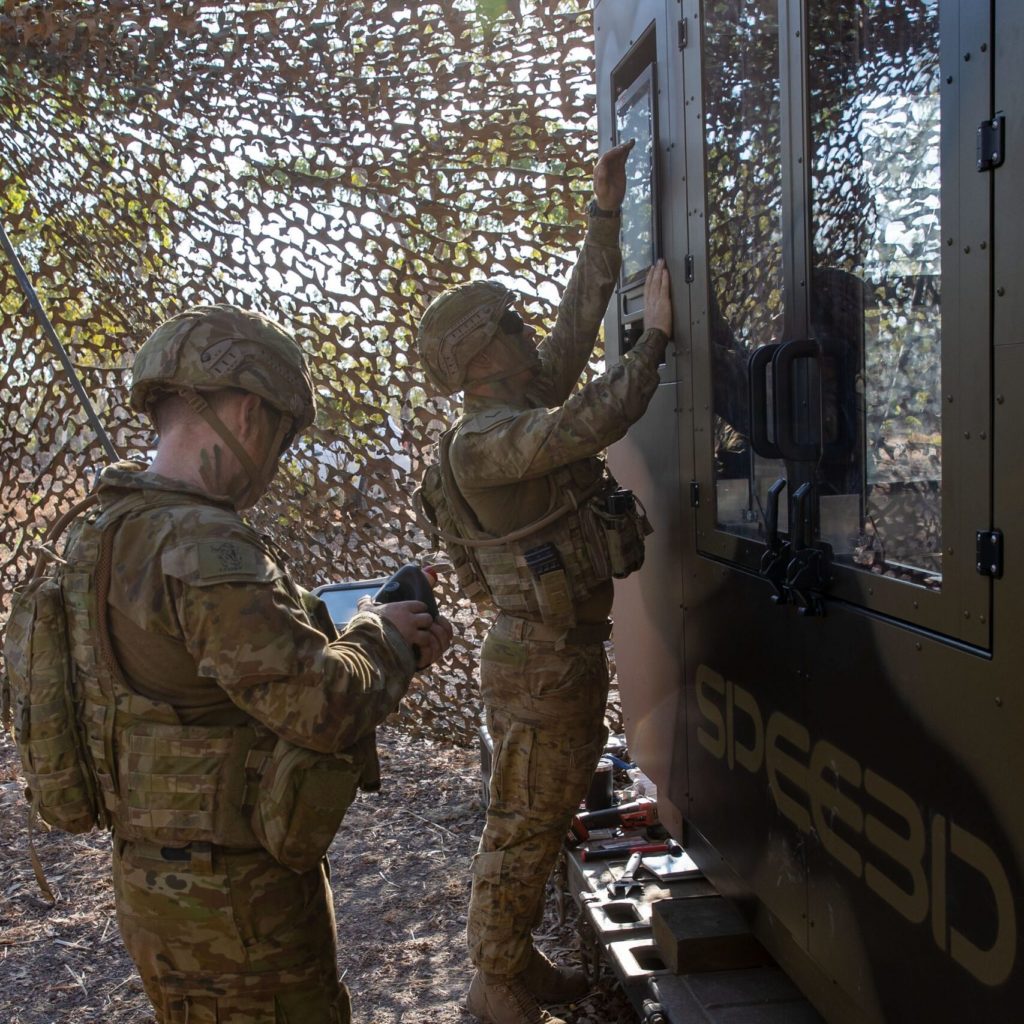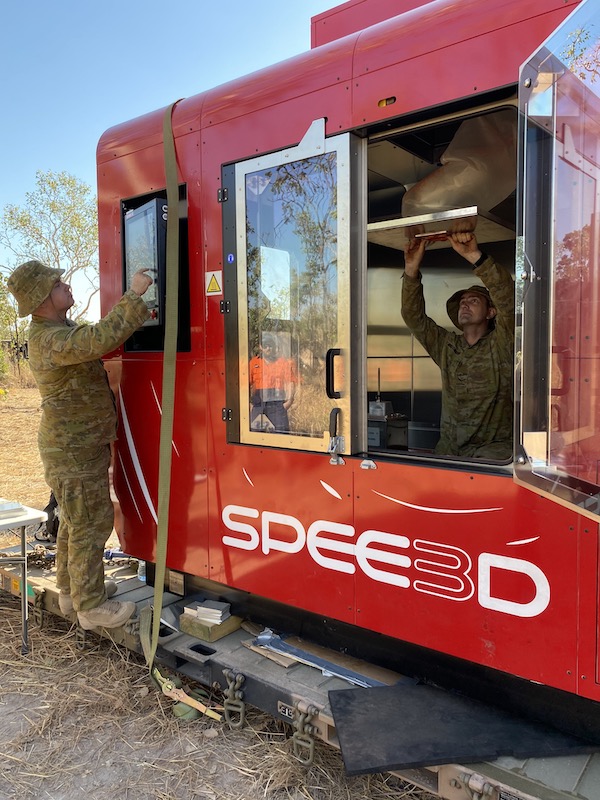“SPEE3D intends to make additive manufacturing accessible as a quick, cost-effective, and easy way to print crucial metal parts that otherwise would not be available at the point of need. Having a soldier with no previous additive manufacturing experience learn our technology within a week certainly meets that goal. We are proud to have collaborated with Army Research Labs, the University of Knoxville, the 278th Armored Cavalry Regiment, and all of our other partners to participate in this successful demonstration,” said SPEE3D CEO Byron Kennedy.
“This demonstration successfully illustrated how cold spray technology can be utilized to positively impact the warfighter in expeditionary scenarios. Expeditionary cold systems provide added repair and manufacturing capabilities which can address supply chain challenges as would be expected in a contested logistics environment. Overall, this advanced manufacturing demonstration was extremely successful due to our amazing partnerships with industry, academia and future technology users,” said Michael Nicholas, Materials Engineer at DEVCOM ARL.
When we spoke to CEO Byron Kennedy for the 3DPOD in 2021, the team seemed experienced, and the technology stood out as particularly interesting. SPEE3D has since doubled down on military 3D printing, especially for austere environments, a niche it is better suited for than many other printers. This focus has enabled the company to meet military needs effectively. Austere 3D printing in the military has grown rapidly, and the war in Ukraine has highlighted the importance of MRO for the military during conflict. The U.S. military is well-prepared for combat, but a prolonged war of attrition against a near-peer adversary is a different challenge. The lessons from Ukraine show not only the importance of drones but also the necessity of quickly repairing equipment as it wears down. In that sense, SPEE3D benefited from the situation, but it aligned well with the company’s existing strategy.
Additionally, the company’s decision to partner with Philips Federal in August, along with establishing U.S. locations, was key in making the U.S. government comfortable enough to adopt the technology. The Spanish firm Meltio has also found success through its relationship with Philips, showing that having the right value proposition—and the right guide—can be crucial.
Subscribe to Our Email Newsletter
Stay up-to-date on all the latest news from the 3D printing industry and receive information and offers from third party vendors.
You May Also Like
AM Under Trump, First Thoughts: Reshoring
Constrained resources and the need to fight climate change have led to a new era of manufacturing focused on re- and nearshoring paired with supply chain resilience. In the battle...
Dyndrite Forms Strategic Partnership with Nikon SLM Solutions for Metal 3D Printing
Dyndrite, the Seattle-based software provider specializing in solutions for digital manufacturing technologies, has announced a strategic partnership with Nikon SLM Solutions to integrate Dyndrite’s LPBF Pro software with Nikon’s metal...
Nikon SLM Hits 1000th 3D Printer Milestone with Bosch Purchase
Nikon SLM Solutions has reached a significant milestone with the production of its 1000th NXG XII 600 system, among the most productive metal additive manufacturing (AM) systems in the industry....
Themes from AM Investment Strategies: Collaboration, Cost Challenges, and Expanding Markets
The 2024 Additive Manufacturing (AM) Investment Strategies event went off without a hitch. The online roundtable, hosted by AM Research (AMR) and Cantor Fitzgerald, dug into the latest trends and...






































